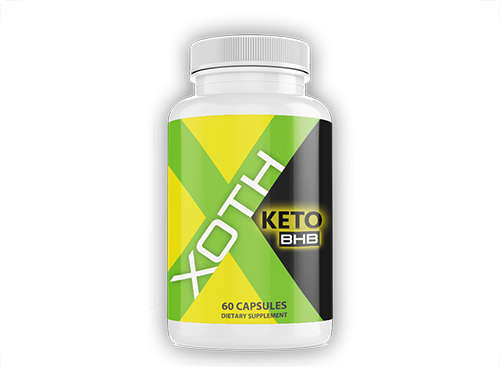
Are you tired of dieting to lose weight, only to gain it back after you fall off your diet? Is keto the answer?
Menu to the Keto Lifestyle:
Maybe it is time to change the way you view food, and instead of dieting to lose weight, you need to change your lifestyle forever.
Welcome to my Keto Page
Hi, my name is Owen Walcher, and I am a retired American living in Mexico. One of the reasons I moved here is because the food systems in the USA are horrible. Almost everything is packaged and prepared for you, so nothing is fresh, and everything is full of added ingredients and preservatives. By living in Mexico, I have been able to lose a lot of my fat, but more importantly, I have been able to eat a healthier way, letting me get off all the medication I used to take due to all the added bad stuff in my American diet!
Do you have to move to Mexico to get my results? NO! You just need to move away from all the man-made ingredients (i.e. fake foods, such as aspartame of high fructose corn syrups to name just two), the excess sugars, and carbohydrates (which you body turns into sugar. What I am talking about is Ketosis, or moving you bodies fuel from sugars to ketones.
What is Ketosis?
Ketosis is a metabolic state that occurs when the body doesn’t have enough carbohydrates to burn for energy, so it starts breaking down fat into molecules called ketones to use as an alternative energy source. In a typical diet, carbohydrates are the body’s primary source of energy, as they are readily converted into glucose. However, when you restrict your carbohydrate intake, such as in a low-carb or ketogenic diet, your body begins to rely on fat stores for energy production.
Here’s how ketosis works:
- Carbohydrate Restriction: When you reduce your carb intake significantly, your body’s glycogen stores (the stored form of glucose) become depleted. This typically requires consuming around 20-50 grams of carbohydrates per day in a ketogenic diet.
- Fat Breakdown: With insufficient glucose available for energy, the body starts breaking down stored fat into fatty acids.
- Ketone Production: Fatty acids are then converted into ketones in the liver. Ketones are water-soluble molecules that can be used by the brain and other tissues as an energy source.
- Ketosis: As ketone levels in the blood increase, the body enters a state of ketosis. This means that it is primarily using ketones for energy instead of glucose. The presence of ketones in the blood is often used as an indicator of ketosis.
Ketosis has become popular for its role in weight loss, as it can help the body burn stored fat more efficiently. It may also provide benefits in terms of improved mental clarity and focus for some individuals. Additionally, some people with certain medical conditions, such as epilepsy, may use a ketogenic diet to help manage their condition.
However, it’s important to note that ketosis may not be suitable for everyone, and it should be done under the guidance of a healthcare professional or registered dietitian. It may lead to side effects like the “keto flu” (temporary symptoms like fatigue, headache, and nausea), and it may not be appropriate for people with certain medical conditions or pregnant and breastfeeding individuals. It’s essential to maintain a balanced diet and consult a healthcare provider before making significant dietary changes.


